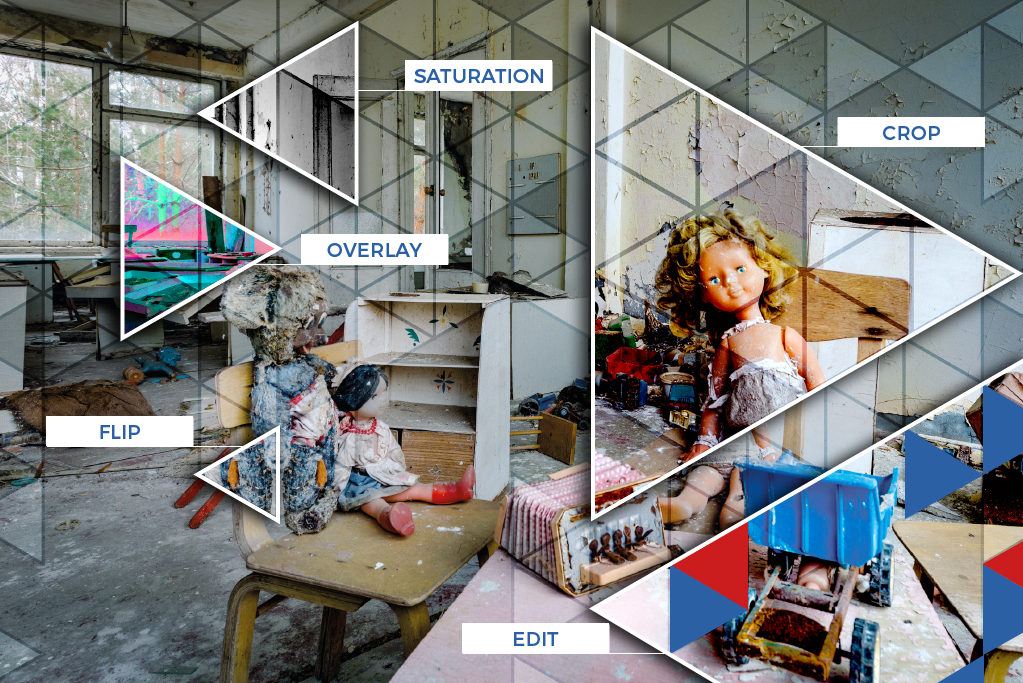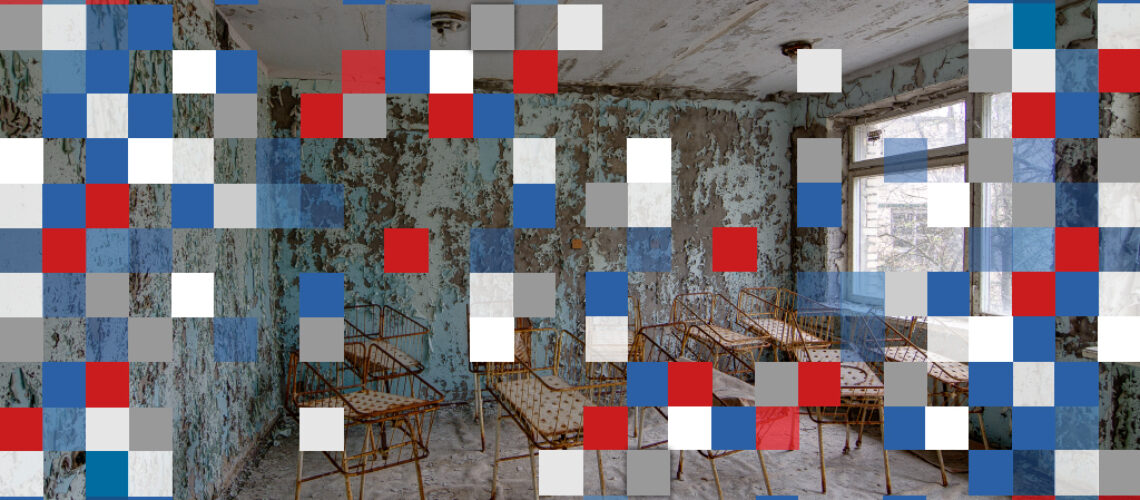In our latest article “How COPYTRACK finds your images” from our “A Sneak Peek Behind the Curtain” series we described how Copytrack collects millions of photos every day with the help of individual web crawler. Another essential step for us that we would like to discuss is how our image comparison works through the Copytrack image index. So, that’s exactly what we’re going to do!
The Original Image Is Enough for the Image Comparison
Before we get going though, the following is good to know: our image comparison works for unwatermarked images and it is also not necessary to add extra metadata for each image or to remove any other information from images.
We analyse all images uploaded by our clients and create an individual fingerprint for each one. But how do we go about creating these individual fingerprints? To start the image is converted into black and white to a specific size. This image is then examined by an individually algorithm for specific patterns that consist of millions of pixels. To do this we use our specially developed algorithm that then calculates an individual fingerprint. The fingerprint consists of a whole series of patterns that form the pixels of the image, which make the fingerprint unique. Each individual fingerprint is then stored in the Copytrack Image Index.
We also create these fingerprints for all the images we find online with our web crawlers. Then, to find matches we analyse all the images found by our crawler against the images uploaded by our clients. Theoretically, we could also add all collected images to the Copytrack Image Index. We, limit ourselves, however, to comparing the fingerprints with those in the Copytrack image index.

Before we get going though, the following is good to know: our image comparison works for unwatermarked images and it is also not necessary to add extra metadata for each image or to remove any other information from images.
We analyse all images uploaded by our clients and create an individual fingerprint for each one. But how do we go about creating these individual fingerprints? To start the image is converted into black and white to a specific size. This image is then examined by an individually algorithm for specific patterns that consist of millions of pixels. To do this we use our specially developed algorithm that then calculates an individual fingerprint. The fingerprint consists of a whole series of patterns that form the pixels of the image, which make the fingerprint unique. Each individual fingerprint is then stored in the Copytrack Image Index.
We also create these fingerprints for all the images we find online with our web crawlers. Then, to find matches we analyse all the images found by our crawler against the images uploaded by our clients. Theoretically, we could also add all collected images to the Copytrack Image Index. We, limit ourselves, however, to comparing the fingerprints with those in the Copytrack image index.
The special thing about the Copytrack image comparison is that since the fingerprints consist of a whole series of patterns, we can also find partial matches. This allows us to identify images even when they are heavily altered by cropping, scaling, colour changes or even distortion.For the images found we calculate a “similarity score” based on the individual fingerprint in order to find the best matches. To help our users we created an overlay tool that makes it easy for them to see the difference between very similar looking images. Test out this overlay tool here below by dragging the centre circle.
Lastly, we present the user with all relevant information of their results. Such information as the name of the website found, the date the image was published as well as information about the site operator is collected and displayed. In addition, we will also calculate the potential value of a post-licensing fee which the rightsholder would be able to claim. With all this ready-available information the Copytrack users can sort through their inboxes at ease.
Written by Stefan Bär, CTO Copytrack

